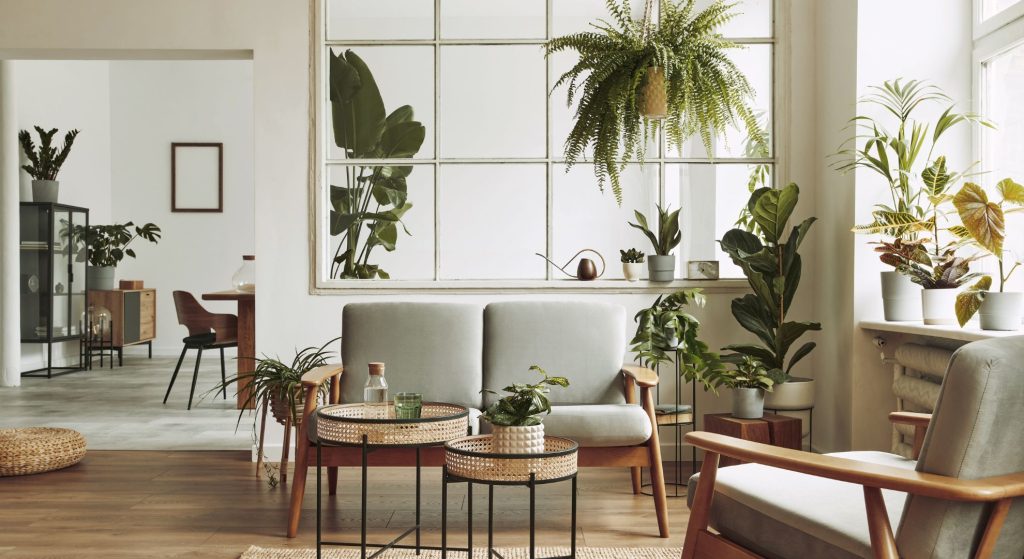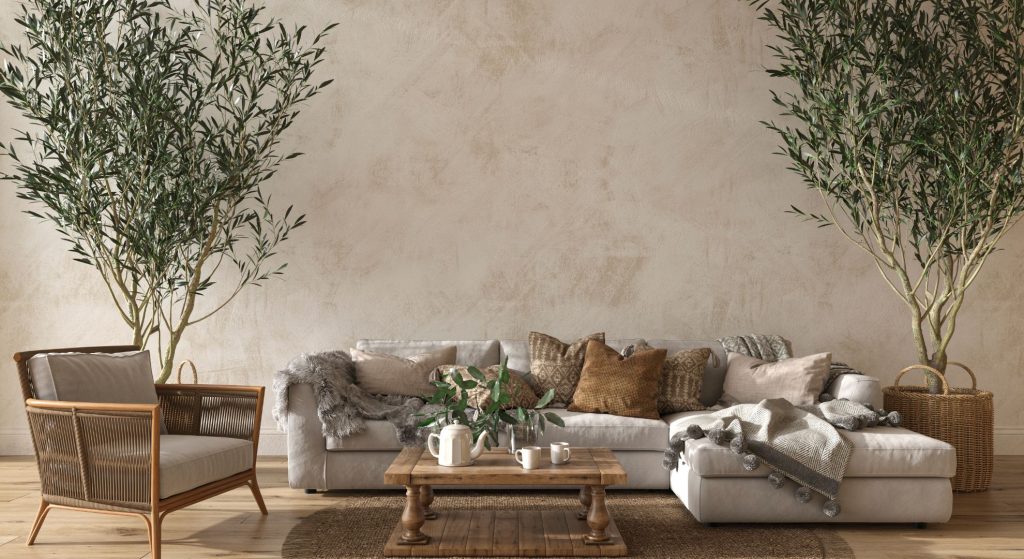Aesthetic Fusion in Scandinavian Interior Design
Bridging the aesthetic spaces between Scandinavian design, minimalism, and modernism, I explore the interplay of these distinct yet harmoniously compatible styles. While they all champion the principles of simplicity, functionality, and an organized aesthetic, getting deeper reveals their unique distinctions.
This post aims to unpack these styles, illustrating how their thoughtful integration can create environments that are not only visually captivating but also supremely functional and calming.
Historical Context of Scandinavian Design

Scandinavian designs originated in the early 20th century and are rooted in the Nordic countries’ philosophy of simplicity and functionality. It evolved from the need to create bright, airy, and warm interiors to combat the dark, cold winters.
Over the decades, this design philosophy has merged modernism with minimalism, influencing local and global aesthetics with its clean lines and sustainable approach.
Key figures such as Alvar Aalto, Arne Jacobsen, and Eero Saarinen have shaped Scandinavian design. Their work emphasizes functionality while incorporating organic forms and innovative structures, setting the foundation for what would become hallmarks of Nordic design.
The Essence of Scandinavian Style
Rooted deeply in the cold, often harsh environmental conditions of the Nordic countries, Scandinavian interior design champions an ethos of simplicity attached to functionality. It maximizes natural light, employs muted color palettes, and uses organic materials like wood and wool to design a deep connection with nature.
This design philosophy is about transforming the home into a warm, light-filled haven that offers comfort and well-being against the stark Nordic.
The Principles of Minimalism in Scandinavian Interior Design
Minimalism, a style deeply linked with Scandinavian design, is fundamentally about reducing design to its essential elements as a reaction to consumer excess.
It is characterized by clean, monochromatic color schemes and open spaces emphasizing tranquility and a clean environment. In Scandinavian minimalism, every object and piece of furniture is meticulously selected for its functionality and aesthetic simplicity, upholding the ‘less is more’ philosophy.
This approach enhances the sense of space and complements the light, airy feel that is a hallmark of Scandinavian interiors, creating a seamless blend of form and function that underscores the serene, livable spaces typical of Nordic design.
Modernism: Celebrating Technological Innovation
Modern Scandinavian interior design also pays homage to modernism, a movement that emerged in the early 20th century and embraced new technologies, materials, and construction methods.
It’s a departure from traditional design, emphasizing clean lines, functional spaces, and focusing on practical rather than showy aspects. Modernism often integrates industrial materials such as steel and glass, crafting sleek, efficient spaces that are striking and geometrically compelling.
A Harmonious Blend
While both Scandinavian designs and minimalism share an attraction for simplicity and functionality, their emotional resonance and execution vary significantly. Scandinavian design leans towards warmth and coziness, utilizing natural materials and textures to create spaces that invite relaxation.
Minimalism, in contrast, focuses on the essence of objects and the space they inhabit, offering a more abstract and contemplative vibe. Modernism injects a dose of excitement with its emphasis on innovation and technology.
Integrating these styles, you can imagine open and light spaces yet warm and inviting. Using natural materials and a neutral palette typical of Scandinavian designs can lessen the starkness often associated with minimalist spaces, while sleek, modernist furniture adds a layer of sophistication and innovation.
This fusion respects each style’s unique contributions: the cozy functionality of Scandinavian designs, the purposeful simplicity of minimalism, and the bold, forward-thinking of modernism.
Key Characteristics of Scandinavian Design

In Scandinavian interiors, practicality and usability are dominant. This design style is characterized by smart, compact solutions that are visually appealing yet highly functional. Furniture and decor are designed to serve a purpose without unnecessary add-ons, reflecting the Nordic principle of simplicity in every aspect of living.
Love for Natural Elements
Scandinavian design is renowned for using natural materials, which help create peaceful and sustainable interiors. Wood, stone, and textiles are commonly used for their functionality and comfort and their ability to bring a piece of the Nordic natural indoors.
This connection with nature is a critical component, promoting eco-friendly design and enhancing the overall sense of well-being in the home.
Conclusion
Blending Scandinavian designs with minimalism and modernism achieves a gentle balance, crafting spaces that are visually appealing, deeply functional, and comfortable. This synthesis is not about copying a new style but drawing from each to enrich our lives.
By selectively merging elements that embody the basics of each style, we can create timeless and intimately personal interiors, reflecting a life that values both form and function.
Through the fusion of these diverse styles, we not only celebrate their individual merits but also harness their collective power to design genuinely exceptional spaces, echoing our unique lives and values.
